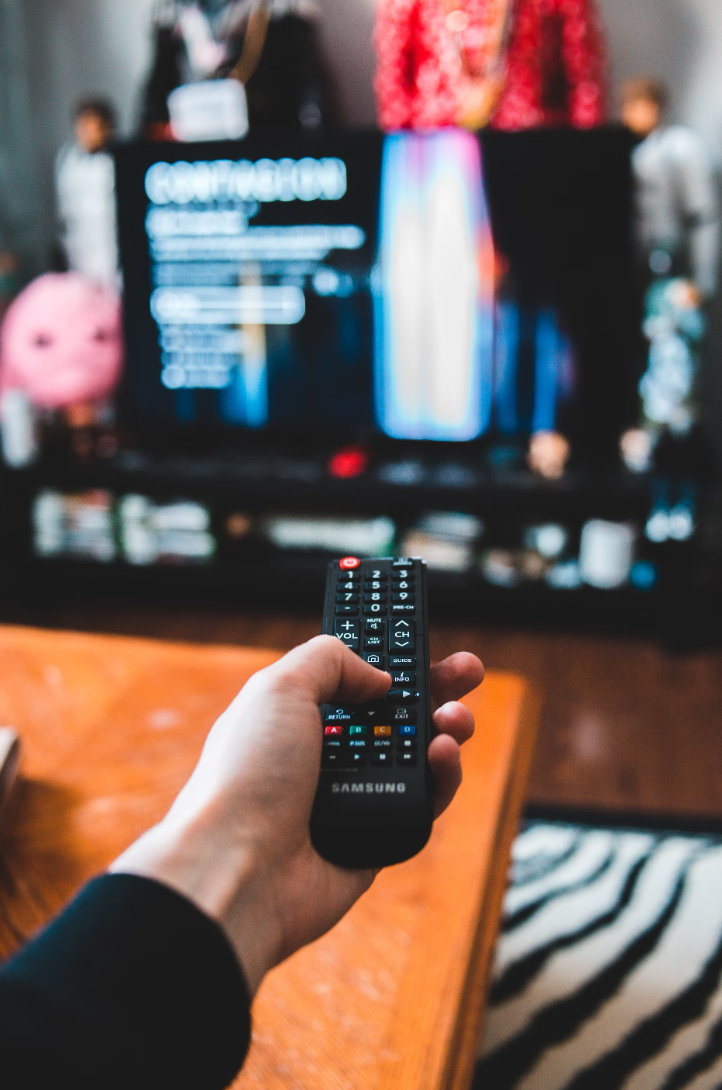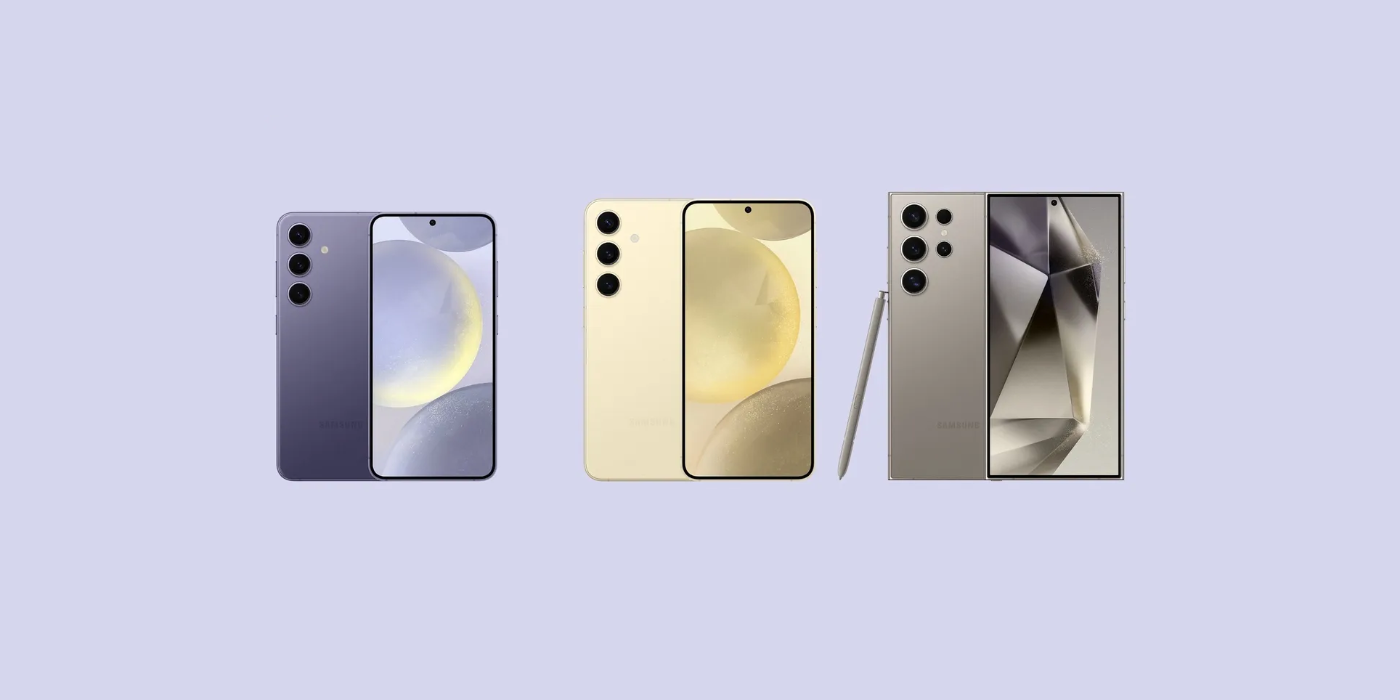Vision AI by Samsung: Technology That Sees Everyone
Accessibility in technology is not about adding features — it’s about embedding empathy into design. With Vision AI, Samsung is rethinking the relationship between people and the devices they rely on every day. It’s a deliberate shift toward inclusivity, driven by artificial intelligence that sees, listens, and adapts.
 Courtesy of samsung.com/global
Courtesy of samsung.com/global
Understanding Human Context
Vision AI enables devices to interpret visual and auditory information in real time — not just what’s being said or shown, but how it’s being expressed.
At its core is a powerful fusion of:
AI-powered cameras
Computer vision (AI understands images and videos and extracts meaningful information)
Machine learning models trained to understand nuanced human behaviour
These capabilities allow devices to recognise gestures, facial expressions, and environmental cues — making interaction more natural and less reliant on traditional remotes or interfaces.
Reframing Accessibility: From Feature to Foundation
Vision AI places accessibility at the centre of its development. The goal is to design with a full spectrum of users in mind from the outset.
This includes individuals who are:
Deaf or hard of hearing
Blind or partially sighted
Living with limited mobility
Neurodivergent or experiencing cognitive differences
Key accessibility tools currently in development or use include:
Sign language detection via camera input
Real-time gesture-based navigation
Enhanced visual description for dynamic on-screen content
Now, all users can navigate and engage on equal terms.
Personalisation Through Machine Learning
A defining strength of Vision AI is its capacity to learn and personalise over time. It identifies patterns in individual behaviour and adapts accordingly.
Screen settings may adjust automatically based on how far away you sit from the device
Gesture interpretation improves as the system learns a user’s motion range or dexterity
Audio can shift dynamically in response to acoustic changes in the room
This allows the experience to evolve, supporting people not just with fixed accessibility needs, but also those whose circumstances may change over time.
Technology Without Barriers
The aim of Vision AI is to remove barriers. This technology is intuitive, equitable, and empowering from the first interaction. As connected devices become more embedded in everyday life, the importance of accessible, user-friendly design increases. Vision AI addresses that need by:
Replacing rigid interfaces with adaptive ones
Offering multilingual support and cultural flexibility
Enabling independence in shared spaces and multigenerational households
 Moving Beyond the Screen
Moving Beyond the Screen
While much of Vision AI’s current development is focused on display-based devices, the technology has the potential to extend far beyond the living room.
The goal is not to create a single solution, but a flexible platform that can integrate across environments — from homes to classrooms, from offices to transit hubs.
A Human-Centred Future
Vision AI represents a shift toward designing with people at the centre. It respects individuality, adapting not only to what users do, but to who they are. Samsung recognises that ability, comfort, and need exist on a spectrum. This is a technical milestone — where inclusion becomes the new standard.



